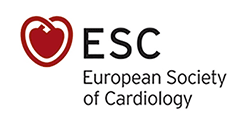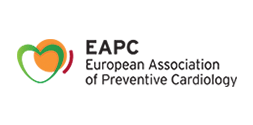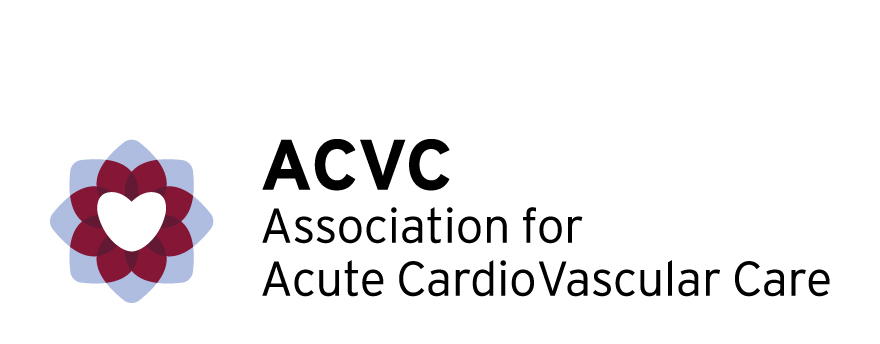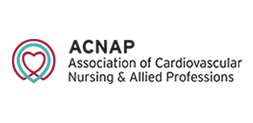CVD – Cardiovascular Disease
Cardiovascular Disease (CVD) is the most common cause of death in Europe, with atherosclerotic diseases – especially coronary heart disease – taking the lead. Risk factors include smoking, high cholesterol, obesity, hypertension and diabetes as well as stress and lack of exercise.
CVDs are disorders involving the heart and blood vessels. They include atherosclerotic diseases, in which blood vessels are progressively obstructed by fatty deposits called plaques. There are different types of atherosclerotic diseases according to which blood vessels are obstructed.
- Coronary heart disease – such as heart attack – affects the coronary arteries, which supply blood to the heart.
- Cerebrovascular disease – such as stroke – affects the vessels supplying blood to the brain.
- Peripheral artery disease affects the vessels supplying blood to the legs.
- Other types of CVDs include heart failure (in which the heart is unable to pump properly), valvular heart diseases, and diseases of the heart muscle.
Definition
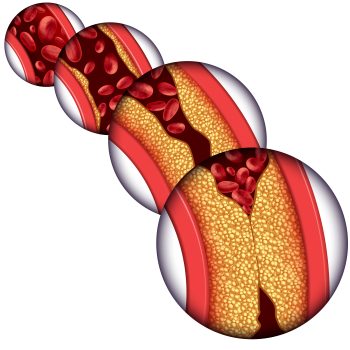
CVDs include the following atherosclerotic diseases: coronary heart disease (heart attack), cerebrovascular disease (stroke), and peripheral artery disease which affects the legs.
Atherosclerosis is a disease caused mainly by high cholesterol levels, especially the “bad” LDL cholesterol. Cholesterol accumulates in the blood vessel wall, causing inflammation and build-up of plaques that may narrow the vessels. The narrower the vessels, the less blood can flow through. This can cause intermittent pain in the legs whilst walking if the leg arteries are affected. When the vessels supplying the heart with blood become narrowed, it can cause chest pain, tightness, or discomfort – called angina. If the vessels supplying the heart become very narrow or totally blocked with plaques, this may result in a heart attack (myocardial infarction).
CVD can be prevented or treated with healthy lifestyle choices, drugs and/or surgery.
Frequency
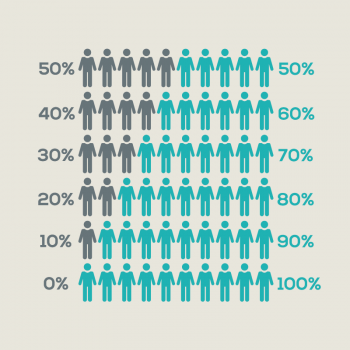 CVD is the most common cause of death in Europe, accounting for more than four million deaths each year. This corresponds to 45% of all deaths. CVD causes 49% of deaths in women and 40% of deaths in men. Coronary heart disease (CHD; mainly heart attack) and cerebrovascular disease (primarily stroke) are the most common causes of cardiovascular death. CHD causes 1.8 million deaths every year, corresponding to one in five of all deaths.
CVD is the most common cause of death in Europe, accounting for more than four million deaths each year. This corresponds to 45% of all deaths. CVD causes 49% of deaths in women and 40% of deaths in men. Coronary heart disease (CHD; mainly heart attack) and cerebrovascular disease (primarily stroke) are the most common causes of cardiovascular death. CHD causes 1.8 million deaths every year, corresponding to one in five of all deaths.
Across Europe there are considerable differences in the occurrence of CVD. In the last 10 years, CVD has declined rapidly across almost all of Western Europe, with up to 30–50% reduction in some countries. Today, the overall burden of CVD is larger in Eastern European countries, which have higher mortality and morbidity. The previous north-south gradient has diminished.
The decline in CVD is seen in both men and women. Most of this is due to better prevention of CVD by reducing cardiovascular risk factors in healthy people and in patients with CVD.
However, not all risk factors show a beneficial trend. While smoking rates and cholesterol levels have gone down, obesity and diabetes are increasing and may halt the reduction in CVD. Psychosocial stresses, such as depression, anxiety and burnout, are now recognised as important contributors to the occurrence and prognosis of CVD and are not declining.
CVD is largely avoidable: eliminating health risk behaviours would prevent at least 80% of CVDs.
The most important way to fight CVD is therefore prevention, which means stopping first and subsequent events. One in five heart attack patients has a second heart attack within the first year. Healthcare professionals and patients can work together to prevent first and second events. For instance, many heart attack patients have undiagnosed diabetes, which if found and treated in time could have prevented the heart attack.
Find out what steps you can take to prevent CVD, and what you can achieve together with your doctors and nurses.
